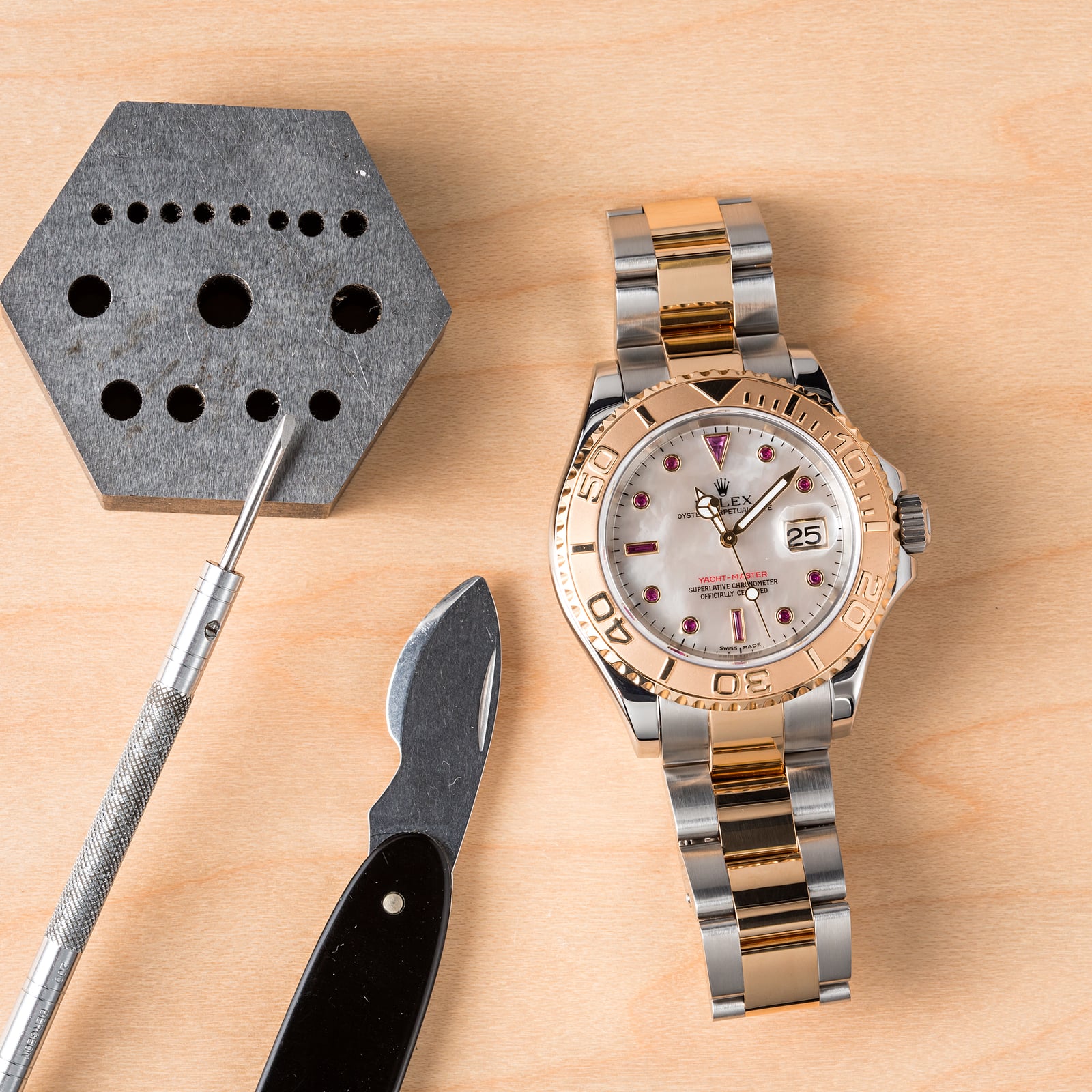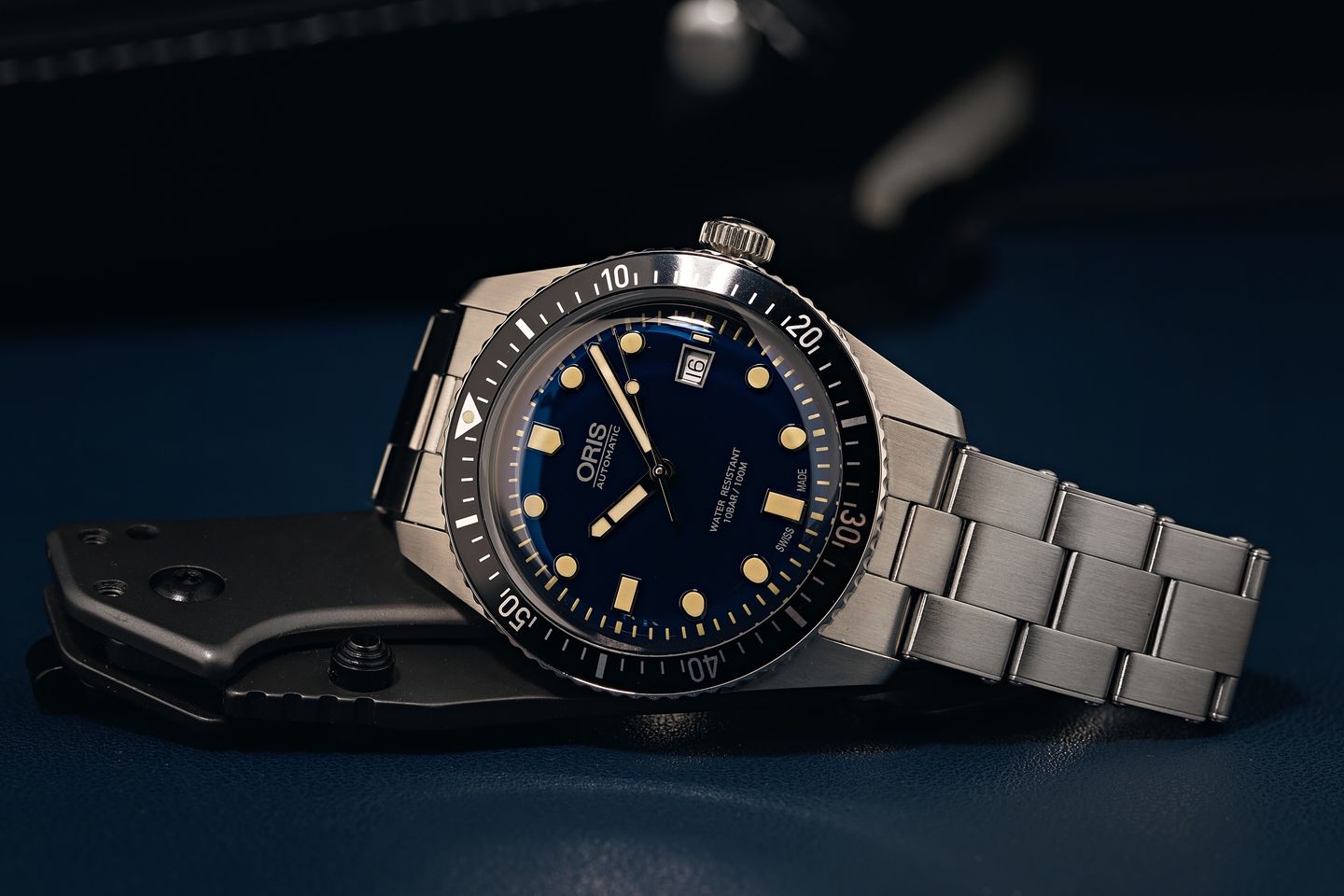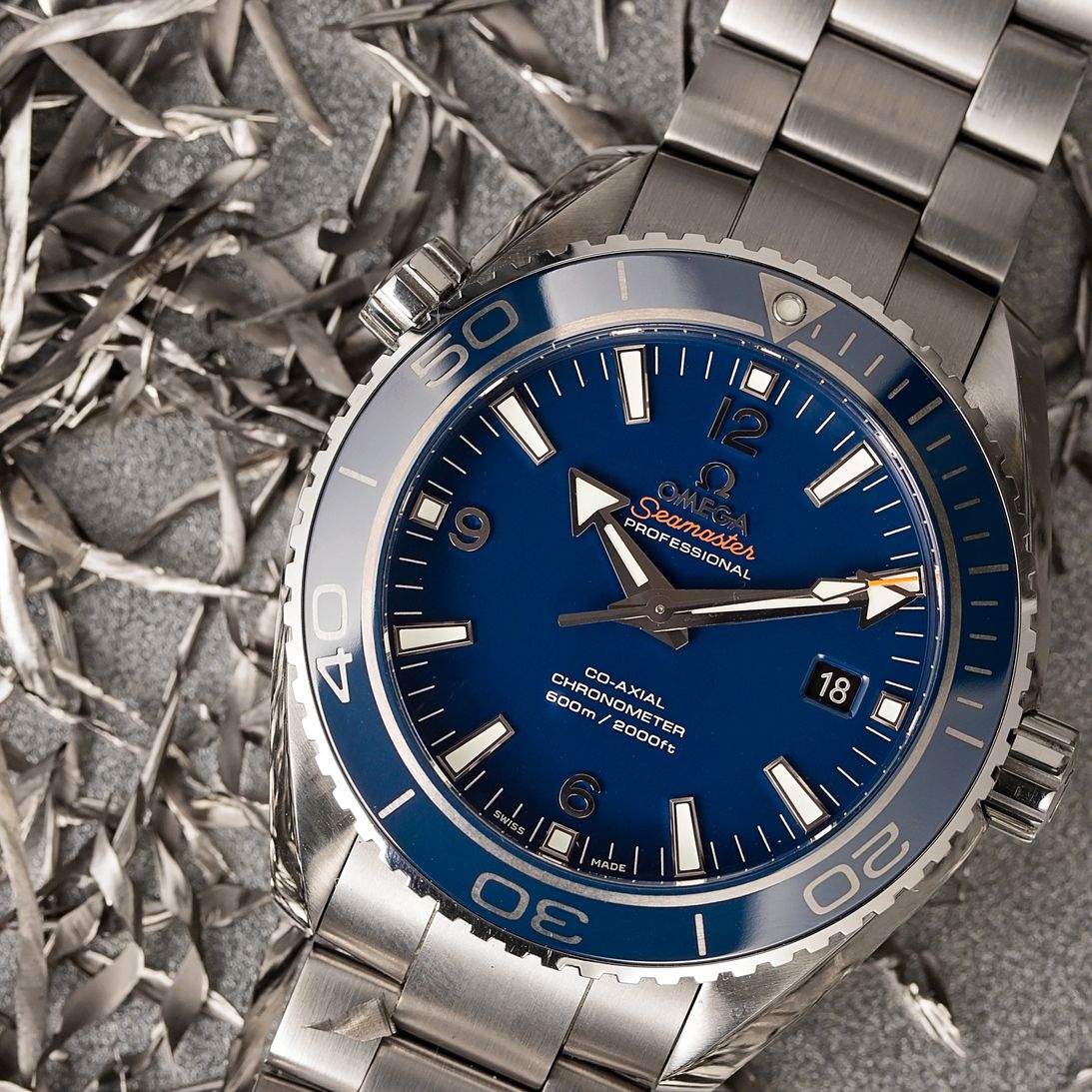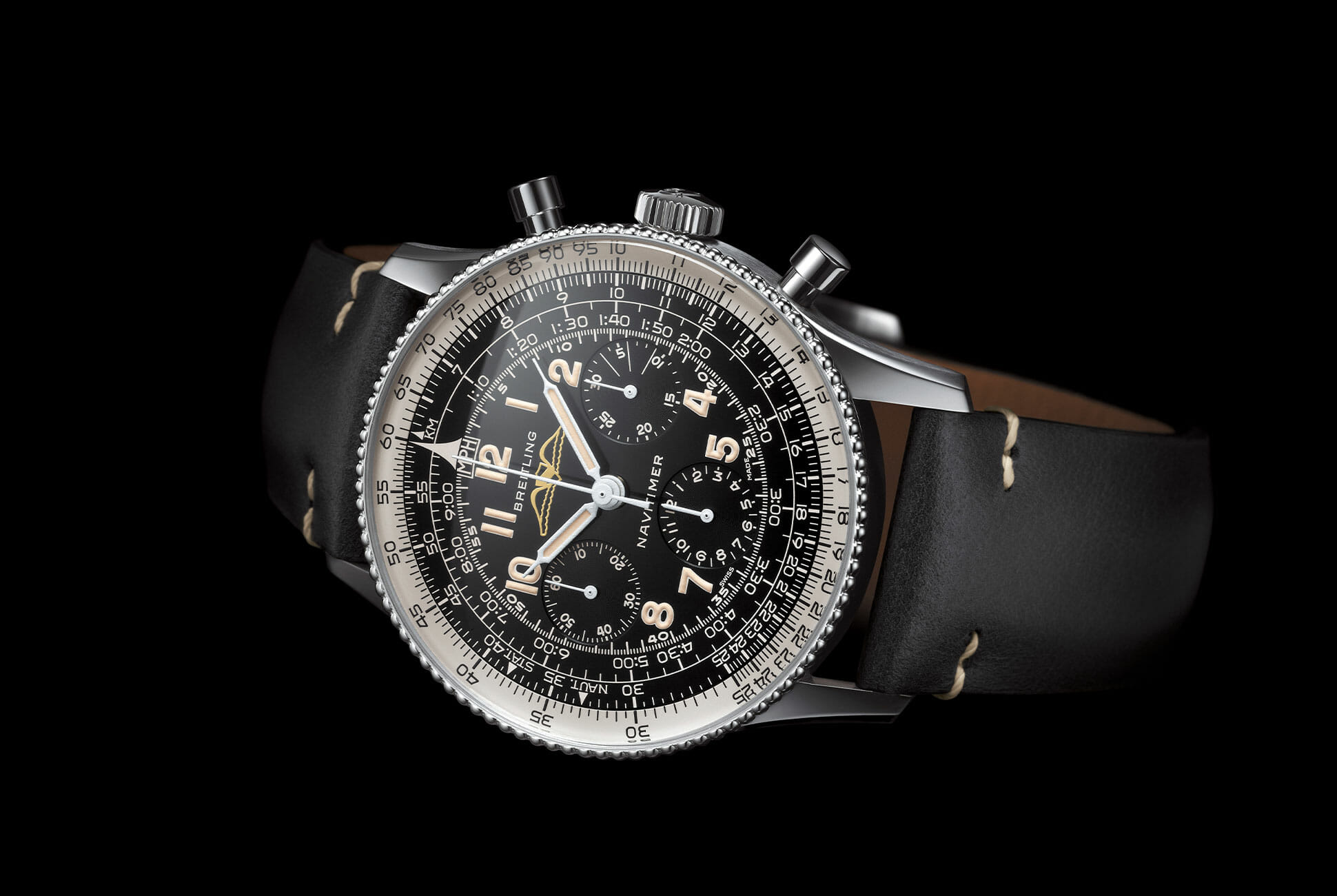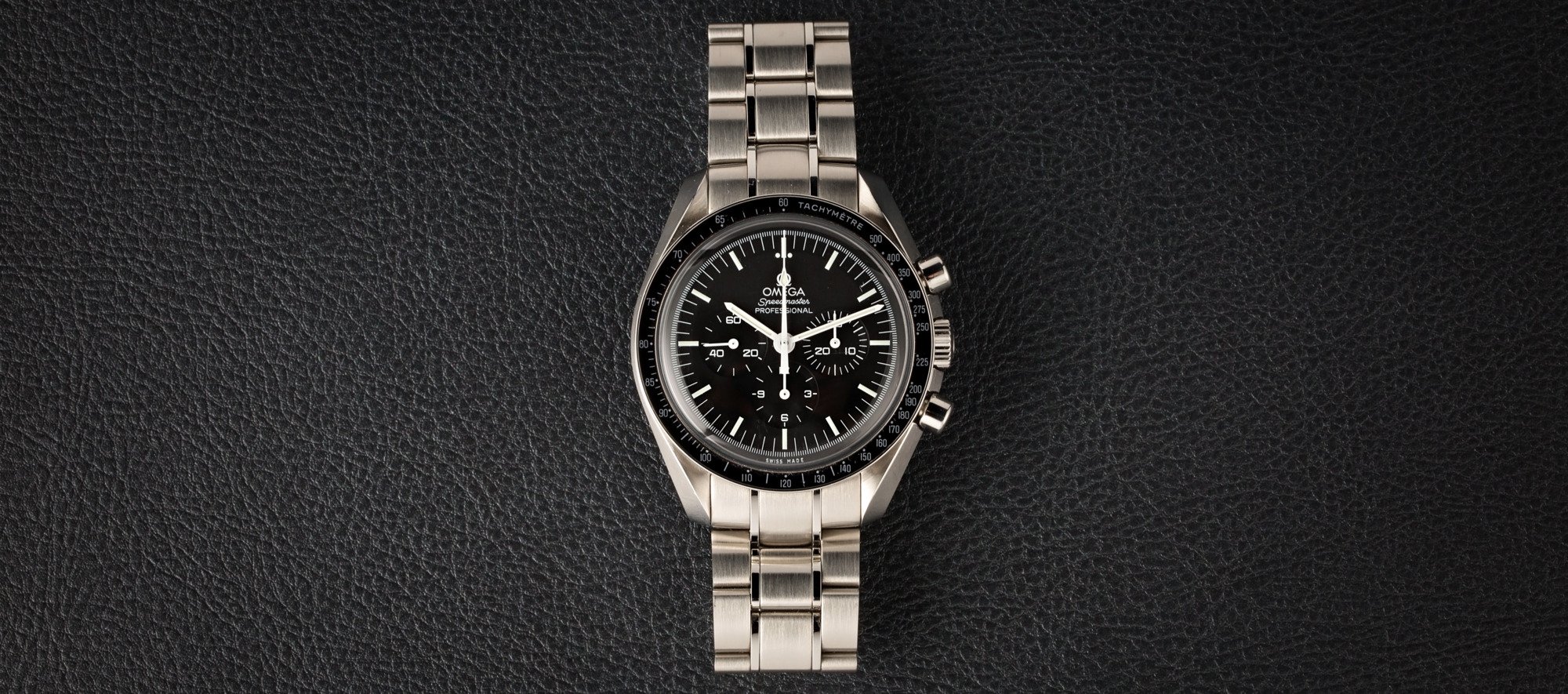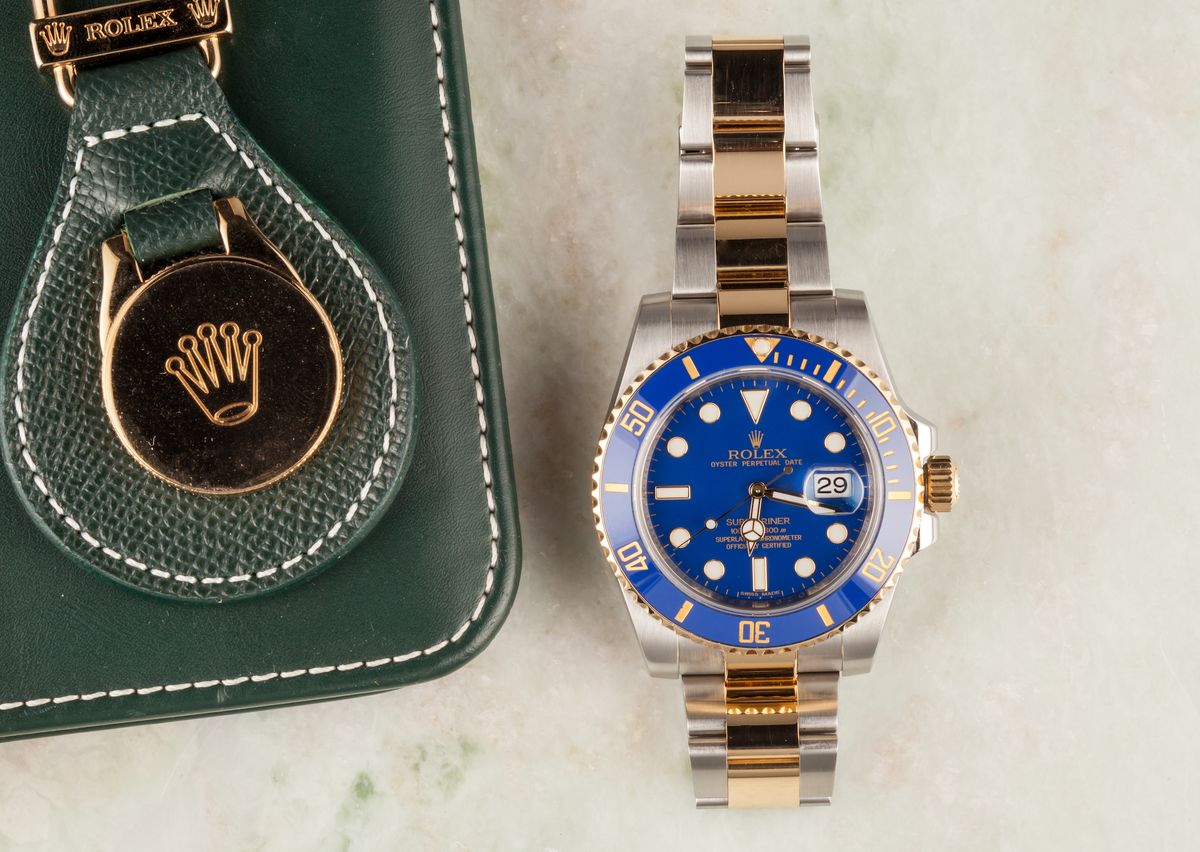Why is it so common to see women wearing watches designed for men? It’s not nearly as often that you see a man wearing what would typically be classified as a women’s watch. However, beyond aesthetic preferences, there is virtually no need for a man to opt for a model from the list of Rolex watches for women, thanks to the huge amount of choice that men have when it comes to strapping a luxury timepiece to their wrists.
Simply due to wrist size, most women cannot boast anywhere near the wealth of options as a man, and so it is completely unsurprising that women who appreciate the design and feel of luxury watches and respect the beating heart of these mechanical marvels have no option but to indulge their passion by stepping over the gender line and choosing from the vast selection intended for men, rather than a women’s model.
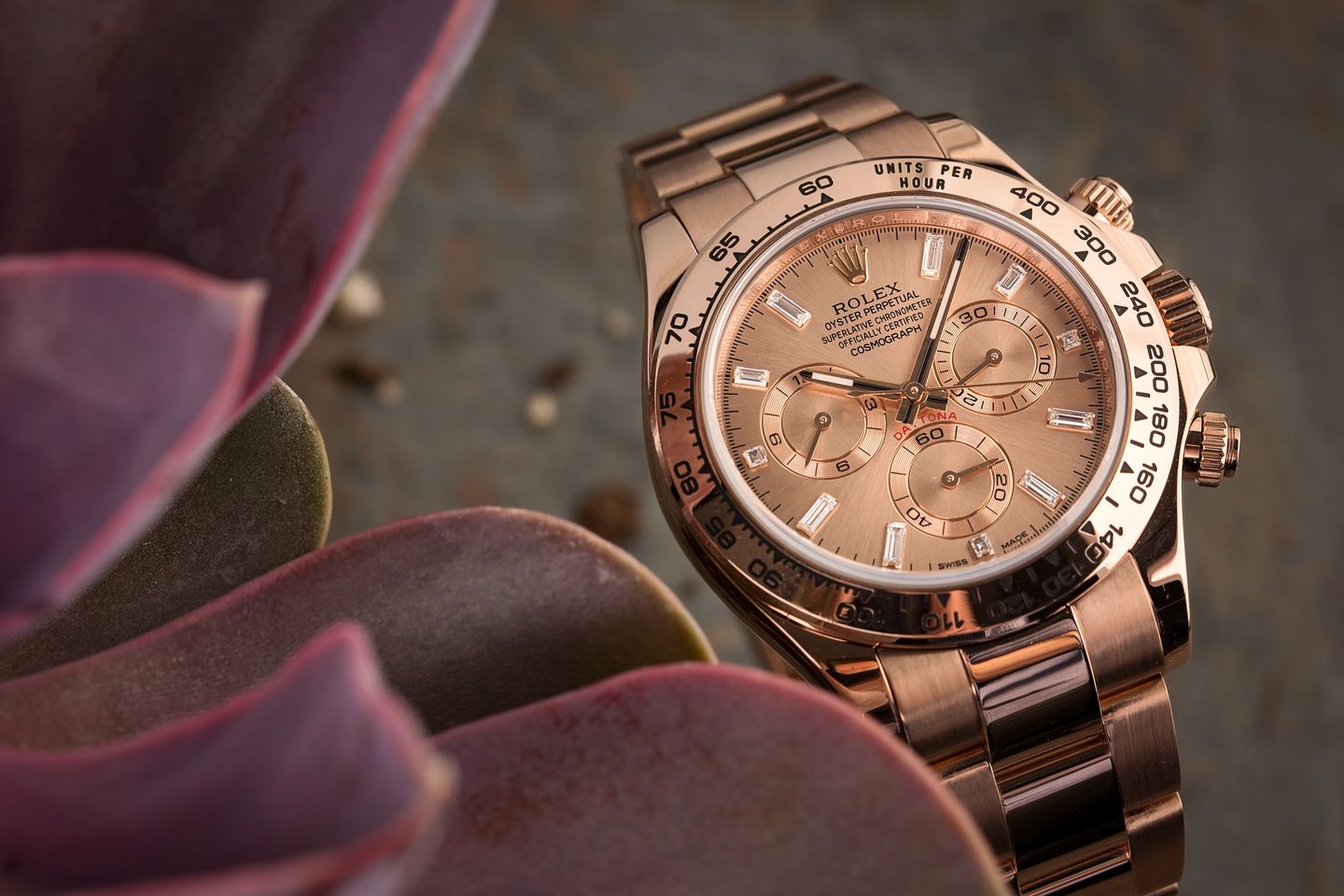
Men’s Rolex Watches for Women
Okay, so the genesis of this fashion phenomenon is pretty obvious. It’s simply a matter of choice – or for many women, a patent lack thereof. Weirdly, though, it is clear that certain segments of the market (especially the budget-level fashion market) have been quick to pick-up on this necessity-born trend and go about legitimizing the look of women wearing ‘oversized’ watches.
This is having the doubly strange effect of feeding back into the luxury industry with a load of potentially erroneous data that suggests women actively prefer big watches. The truth is that while the size of women’s watches is increasing at a never-before-seen rate, it’s not expressly clear whether this is because women actually want larger watches, or whether this is what the market is telling them they want.
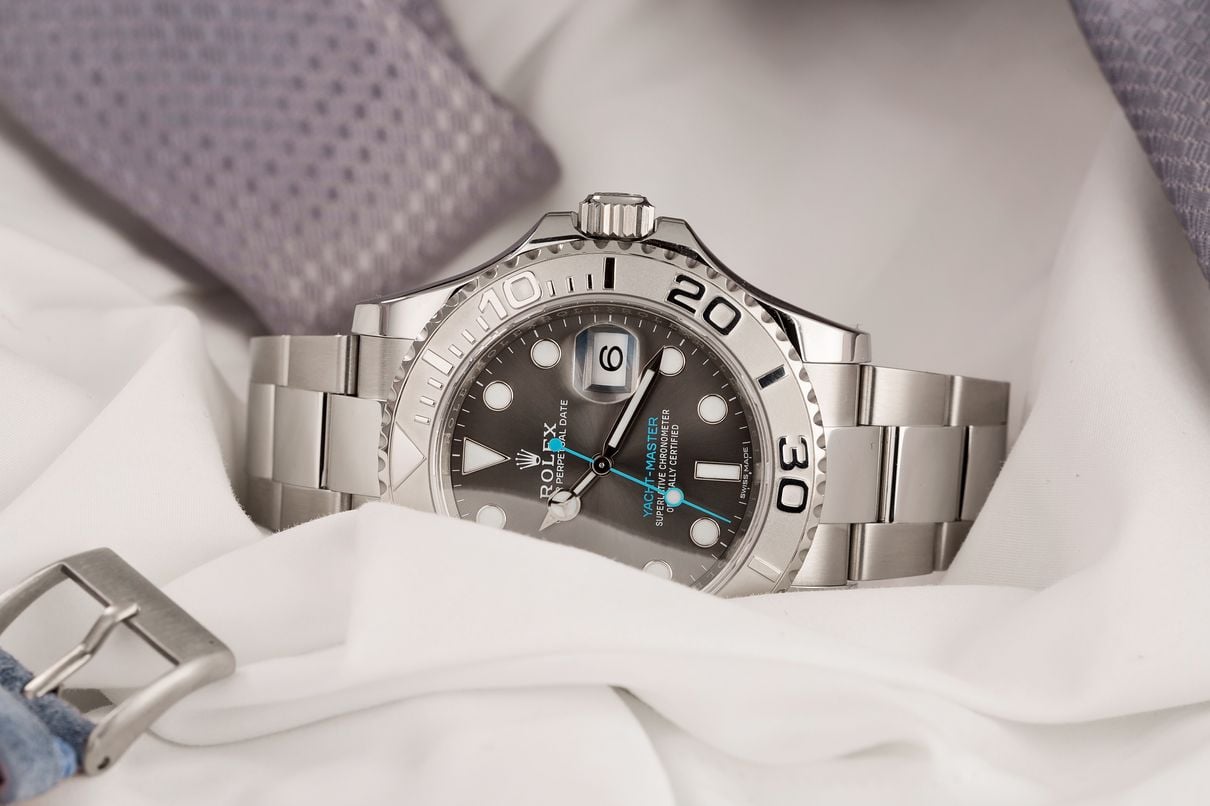
Let’s face it, it took the men’s watch industry a couple of decades of ever-increasing diameters before some bright spark realized we weren’t all Arnold Schwarzenegger or Sylvester Stallone and might, just possibly, prefer a classically sized timepiece that doesn’t threaten to dislocate our elbows every time we go to shake someone’s hand.
Rolex is one of the few truly mainstream luxury brands that has a wide selection of mechanical timepieces for women within the pages of its catalog. Hearteningly, the movements used in these watches are on par with those used in their male counterparts. Some of the ladies’ collection are even fitted with Syloxi hairsprings, which is arguably superior to the Parachrom spring that keeps time inside all gents’ models. This doesn’t necessarily mean a woman would choose to wear a 31mm Datejust over a 40mm Submariner, it just gives the female customer something they’ve been lacking: genuine choice.
And in this day and age, there’s really no excuse for it. Technology has come far enough for us to be able to craft highly accurate, reliable, and resistant movements at an incredibly small diameter that have more to show for themselves than just an hour and a minute hand. There are very few watchmakers in the world that prioritize mechanical sophistication over sparkle when pitching to women; however, expect that to change as more and more intelligent and affluent women discover the wonders of watch collecting (something the industry has always had a hard time taking seriously).
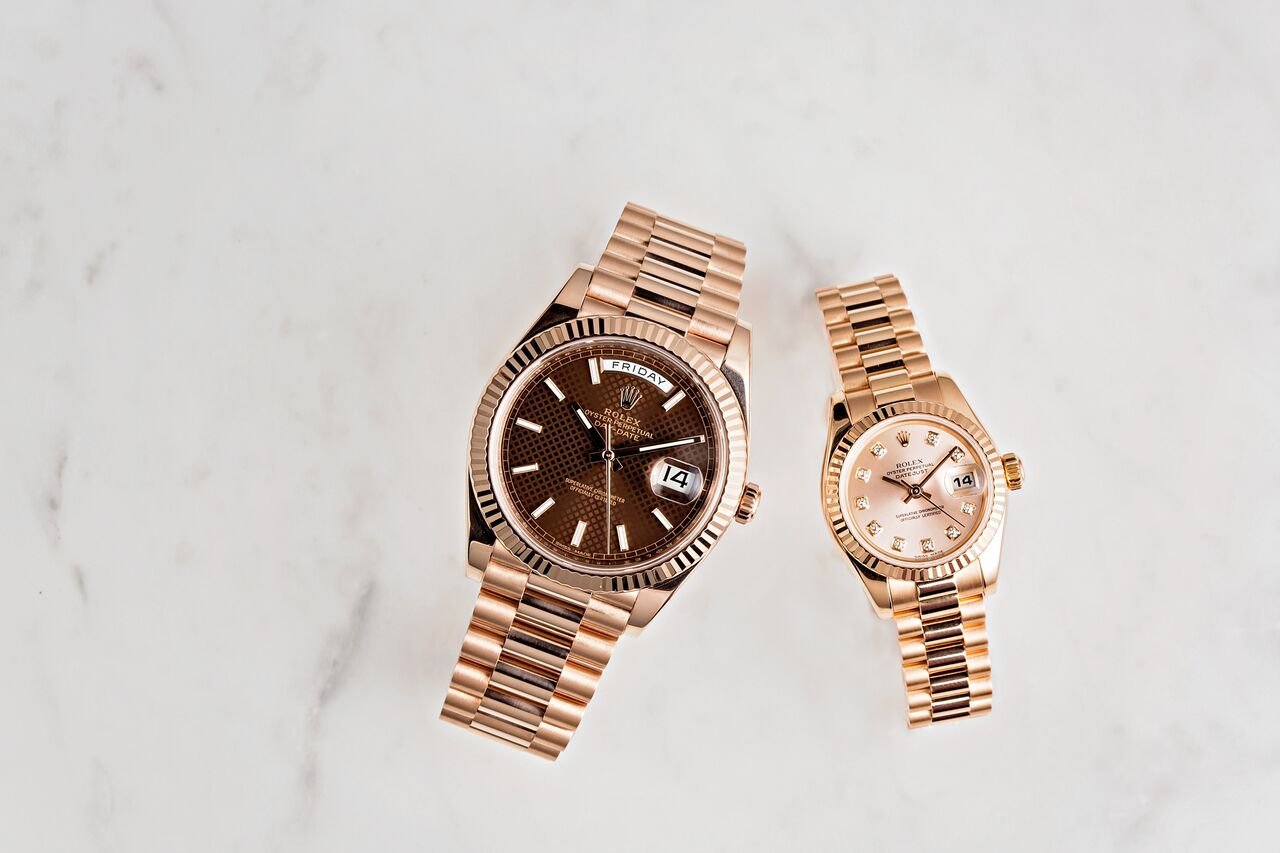
While Rolex will never step all that far outside of its (very, very fast) lane and create a jewelry complication on the level of Van Cleef & Arpels for its female customer, there does seem to be a growing awareness that women like watches too and might – shock horror – have an entirely different set of tastes from their male counterparts.
The Rolex configurator on the brand’s official site is a Godsend for female customers looking to cut through the male-dominated adverts that do nothing to aid or inform their choice (regardless of if those same advertisements turned them on to the hobby in the first place). With the configurator, it is easy to cut away hours of trawling through references by simply following a simple flowchart to your ideal choice. And, quite importantly, it’s fun.
Tools like the Rolex configurator are a great way to encourage a new audience to stick with the hobby of collecting watches. And who knows, with more choice than ever – better and more intuitively presented than before, perhaps in the next ten years we will be able to amass enough sales data to figure out whether women wore men’s watches during this era because they genuinely preferred them, or whether it was simply because the industry was yet to catch up to the desires of the modern female customer, who most certainly has a chance to make her voice heard in 2019 and beyond.
